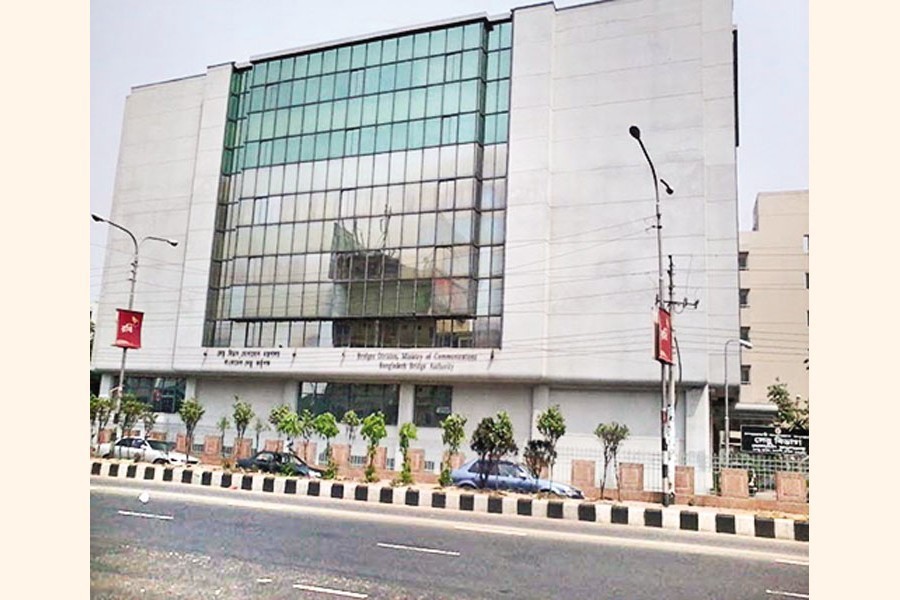In a landmark judgment, delivered on April 03, 2011, the High Court ordered the demolition of the 15-storey building owned by the Bangladesh Garment Manufacturers and Exporters Association (BGMEA) at Hatirjheel.
After a long-drawn legal process, the demolition work started on January 20 this year. Inaugurating the dismantling of the building, the then Housing and the Public Works minister Rezaul Karim described the structure as a tumour. He also found it harmful to the environment.
Someone enjoying authority might need to inaugurate yet another demolition, only if the government agrees to what the Dhaka North City Corporation (DNCC) mayor suggested on Tuesday last.
The mayor speaking as the chief guest at an event, organised by the Press Institute of Bangladesh (PIB), accused the Bangladesh Bridge Authority (BBA) of constructing its multi-storied headquarters illegally on a space along the Mohakhali flyover. He also alleged that the BBA had felled many tall trees while building its office.
Why blame the BBA alone? The Roads and Highways Department (RHD) has also built several structures on the long stretch of vacant land, starting from Mahakhali point to Banani overpass of the New Airport Road. Quite a good number of trees have been felled while constructing those buildings. Such an open space in the city is very much needed if seen from the environmental perspective. The same also proves helpful in the case of widening roads.
Space, it seems, belongs to the RHD. So, it has the lawful right to build structures on it. If that is true, the land where the BGMEA building stood belonged to the BGMEA. Yet that structure had to be dismantled because it was considered 'harmful' for the environment.
The mayor has also found the 'Setu Bhaban' harmful for the environment. Now it is for the government to see whether the mayor's contention is justified or wrong.
It is good that the incumbent DNCC mayor is alive to the issue of environmental protection. But he or his predecessors should not have ignored the depletion of one of the largest water bodies of Dhaka city---the Bhasantek Beel. After the construction of the Matikata Road through the heart of the Beel, private as well as government agencies started building structures almost at all places of the water body. Even the Rajdhani Unnyan Kartipakkha (RAJUK) sand-filled a large part of the Beel for extending the Uttara Housing on the west. The National Housing Authority is planning to build a model town project there under a public-private partnership initiative.
The number of illegal structures, big and small, in Dhaka city is very high. The builders of the same, allegations have it, faced little or no resistance from the relevant government agencies.
For instance, innumerable small box-like structures are seen along the main thoroughfares and also on traffic islands. In some places, these boxes are occupying a part of the pavements meant for pedestrians. At Mirpur section 10 traffic roundabout, a full-fledged office of the Assistant Commissioner of Police (Traffic) draws the attention of the commuters. Traffic islands and pavements belong to the city corporations. But the corporations have never said anything about these structures, at least, publicly.
The fact remains that due to years of indifference and indulgence, the propensity to break laws, be it in the case of building structures or protection of the environment, is found to be very high. Reversal of the trend will be possible if only there is the rule of law in the real sense.


